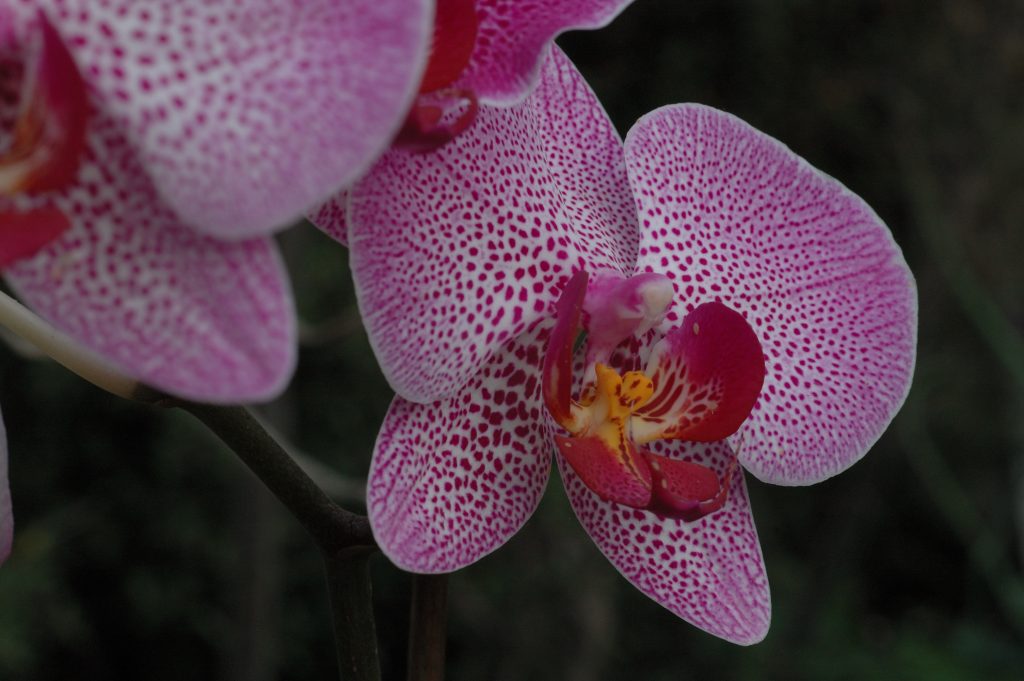
Plants make the perfect gift at Christmas – low-carbon, no calories and beautiful. Traditional choices are poinsettias, azaleas and cyclamen. But orchids are a practical and exciting alternative and they are wonderful and thoughtful gifts. Who wouldn’t want to receive a beautiful orchid?
Although they are wonderfully exotic in appearance, most orchids are not difficult to look after and even the least green fingered non-gardener will be able to keep them looking good for many weeks or months, while those with a little more skill can keep them for years.
Orchids are the biggest family of plants on earth so it is not surprising that they vary a lot in their requirements. Most of those for sale are easy to look after and they make good flowering houseplants.
Temperature
The most common, and the easiest to look after, are moth orchids (above). More properly called phalaenopsis, these are warmth-loving orchids that prefer a constant temperature of about 20c, perfect for the lounge. They need a room where the temperature does not drop below 12c. When you buy them, don’t worry about lots of open flowers because each bloom should last at least 2 months and, if you are lucky and get a plant with lots of buds, it is possible for a plant to be in flower for six months or even a year.
Watering
Most pot orchids have thick, fleshy leaves and can withstand drought. So water your plant well, allow it to dry out and then water again. You can mist the leaves if you like but NEVER let the orchid sit in water in the pot cover. This will rot the roots. After watering, pour out any excess. You can feed once a month too, which will encourage more flowers.
Light
A bright spot, but out of direct sun, will suit your moth orchid best. If the new leaves are elongated and there are no new flower spikes after a year, it is a sign the plant is too dark. If the leaves go yellow and drop off it may be extreme lack of water, too much water or if they just go yellow or look scorched it may be in a spot that is too bright. If an occasional lower leaf goes yellow and drops off it is nothing to worry about provided a new leaf has grown at the top and the total number of leaves is not reduced.
Repotting
And if you keep your plant for ages and you think it needs repotting, it is usually best not to. If you do, you must use orchid compost and not use ordinary compost- which will kill it.
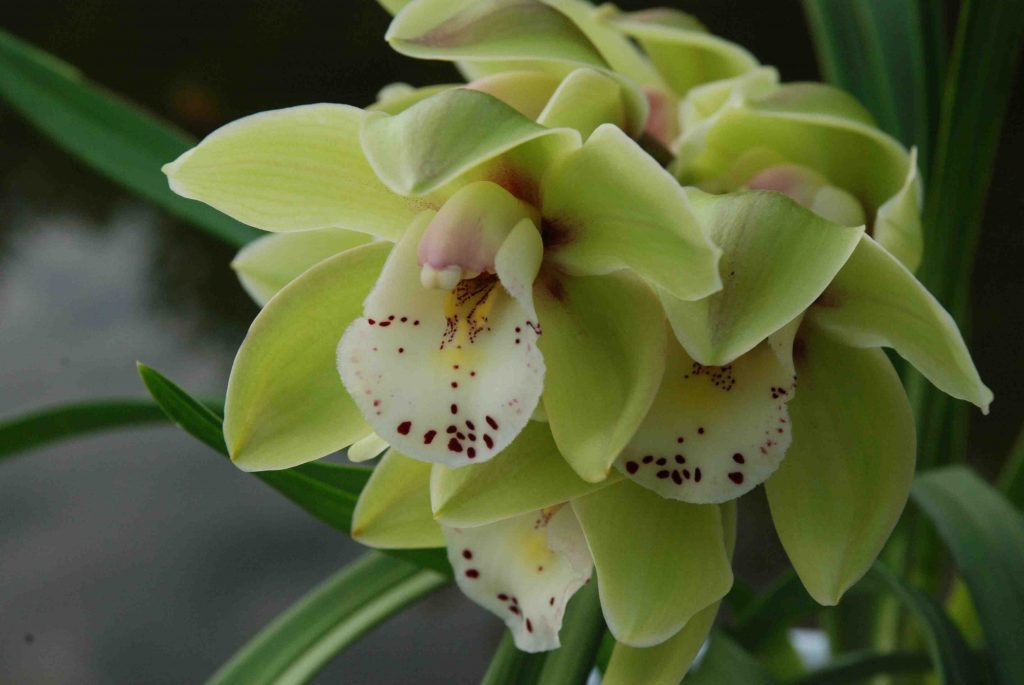
Cymbidiums are the other traditional choice of orchids but these are much larger plants and they have a seasonal flowering, usually in spring but often brought forward to flower for Christmas. These flowers do not last as long as moth orchids usually six to eight weeks at the most, but are very spectacular and in a wide range of colours. These are cool orchids that prefer a bright spot in a room that is 10 -18c. The flowers will last much longer in cool rooms and they are perfect for a sun room or porch. These make new growth in spring and summer and they can even be placed outside, in shade, in summer, but protect them from frost at all times.
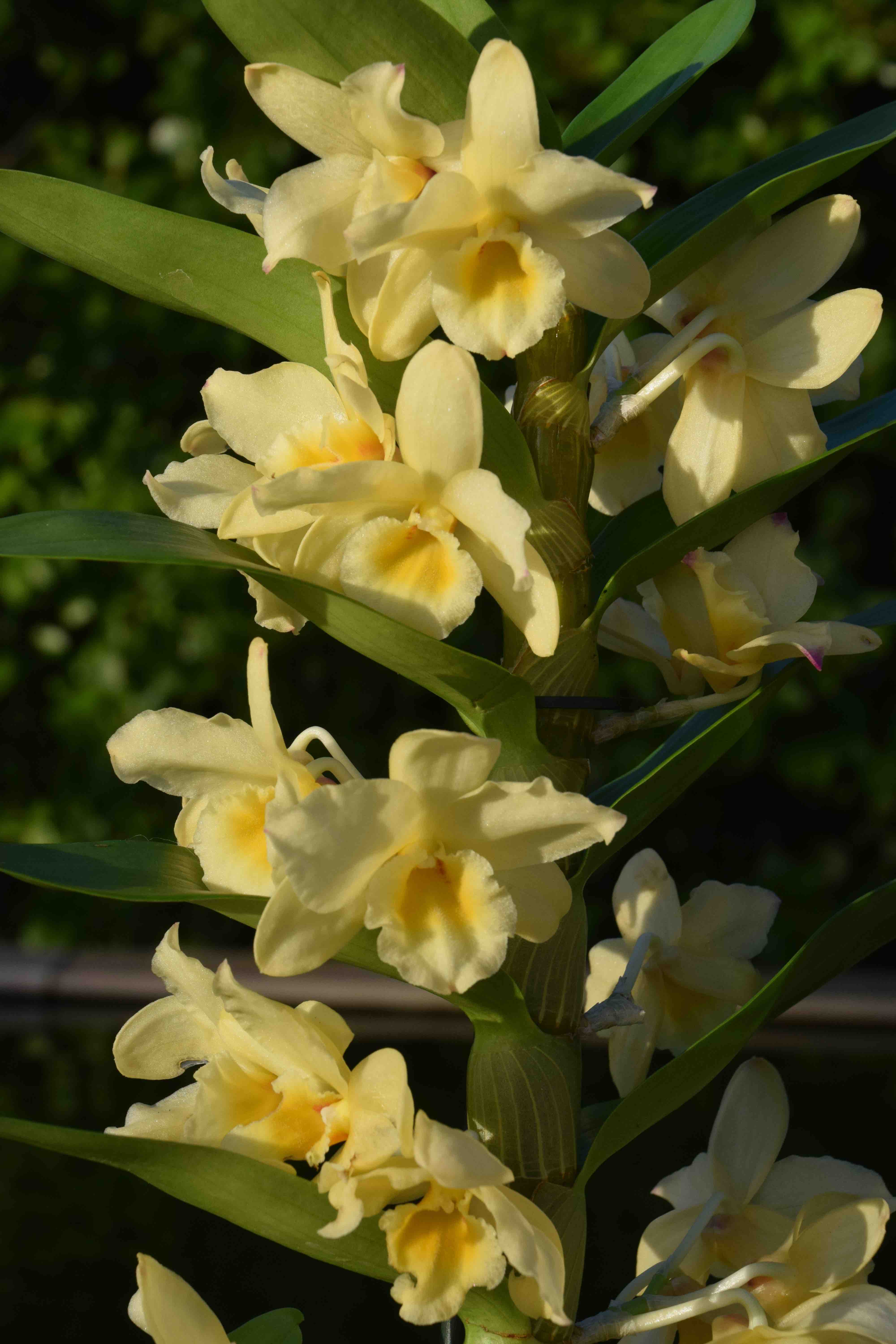
You will probably find dendrobium orchids (Dendrobium nobile) for sale now too. These are usually mauve and white or white but there are also yellow kinds. These form upright stems with leaves in two rows, rather like ladder rungs and there is a small cluster of blooms at each leaf. These like a cool room too (above 10c) and when all the flowers drop off you should cut off the stems. New growths appear from the base and grow all summer and will bloom next year.
There are lots of other orchids to choose from and most prefer a bright spot and a room that is heated to at least 10c and do not need the warmth that moth orchids prefer. They won’t be harmed if warmer but the flowers will not last as long.
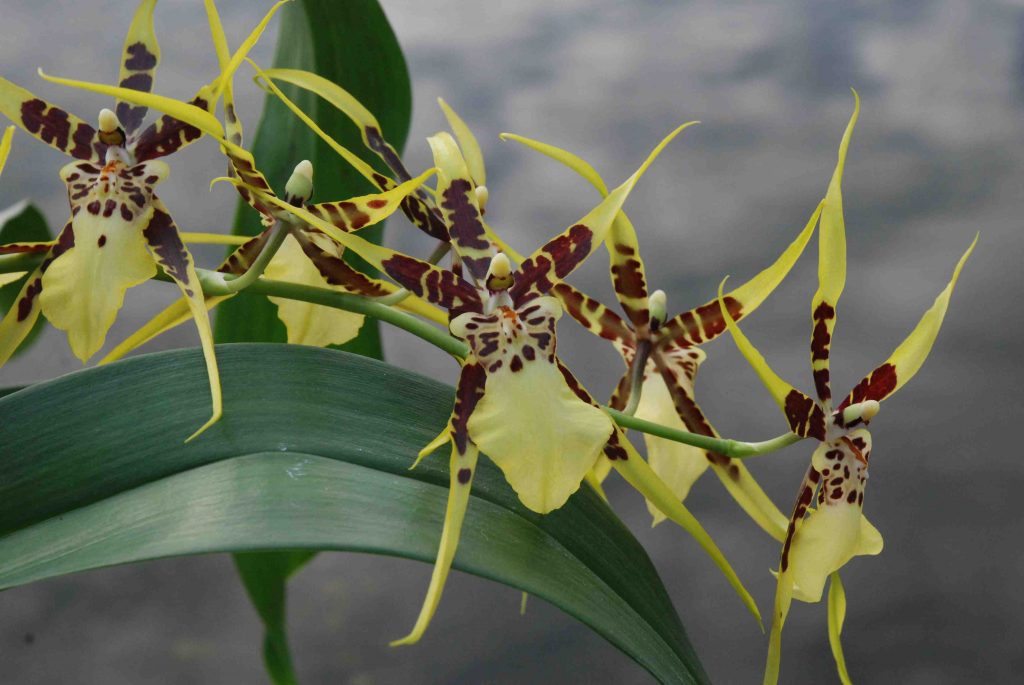
Brassia, or spider orchids, are exotic and often scented, though the perfume of many orchids varies with temperature and time of day. These are easy to keep, if watered properly, and are not difficult to get to flower again.
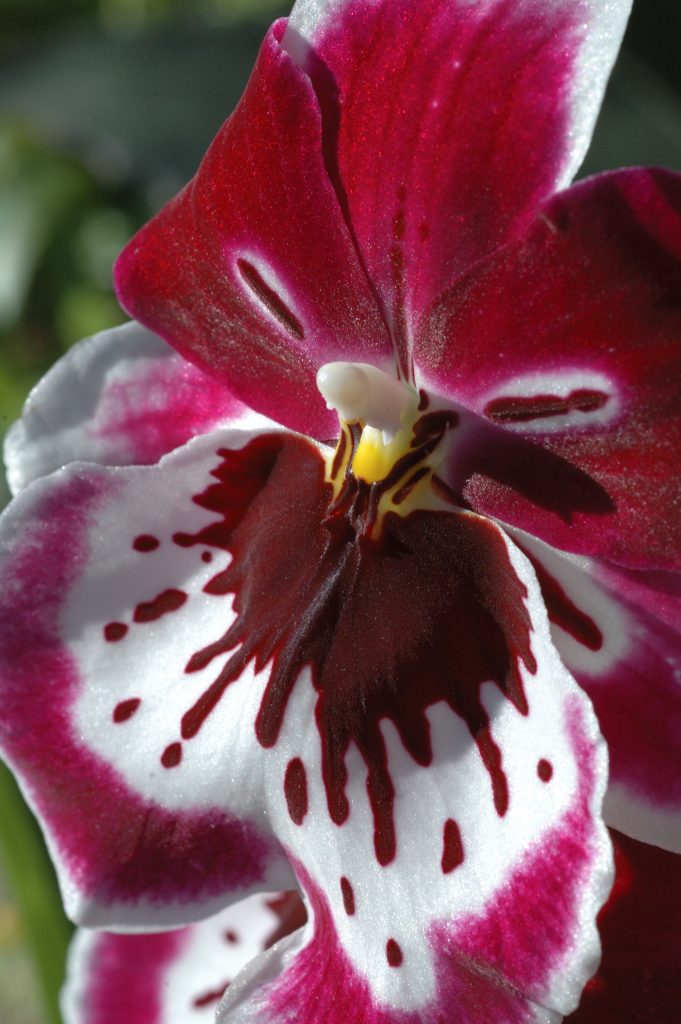
Miltoniopsis, or pansy orchids, have some of the most beautiful flowers of all orchids. Each plant should have several stems and each stem has three to five flowers. Individual blooms last about a month.
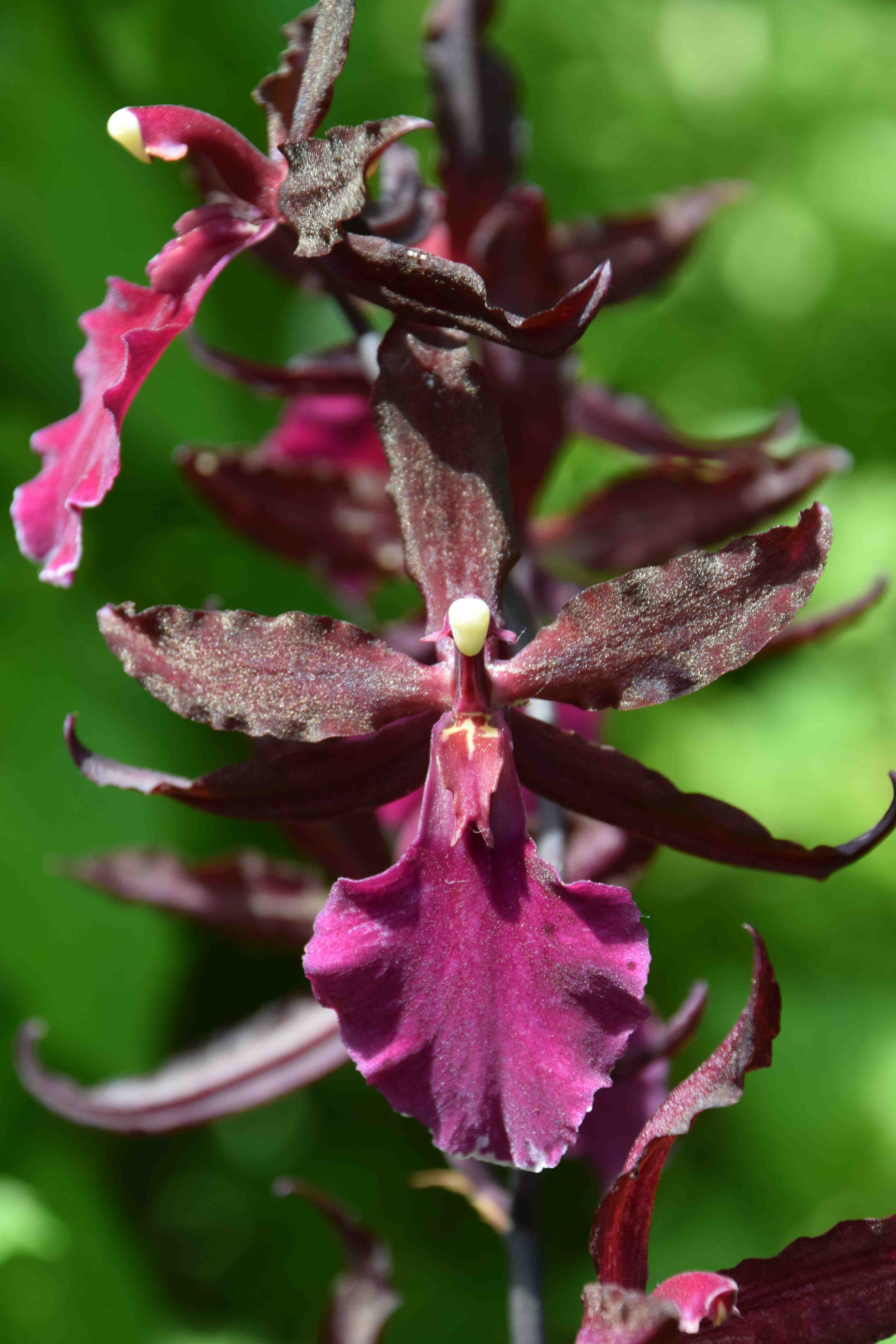
‘Cambria‘ orchids vary in size, shape and colour but are all easy to look after and form compact plants that should grow and bloom for many years.
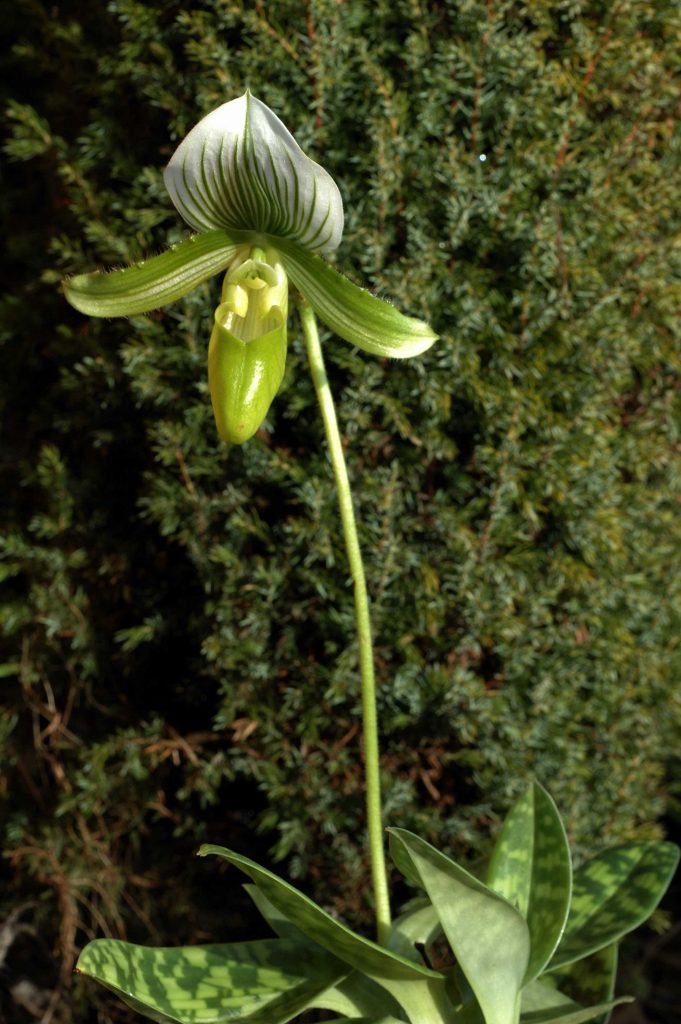
Slipper orchids (paphiopedlium) are very strange and produce one, or a few, large flowers on each stem above plain green or mottled leaves. Each flower will last several months and the plants are attractive even when not in bloom. A bright spot, out of direct sunlight, and a temperature of 15-20c is suitable.
All the temperatures given are minimums and winter averages and they will all cope with higher temperatures in summer.